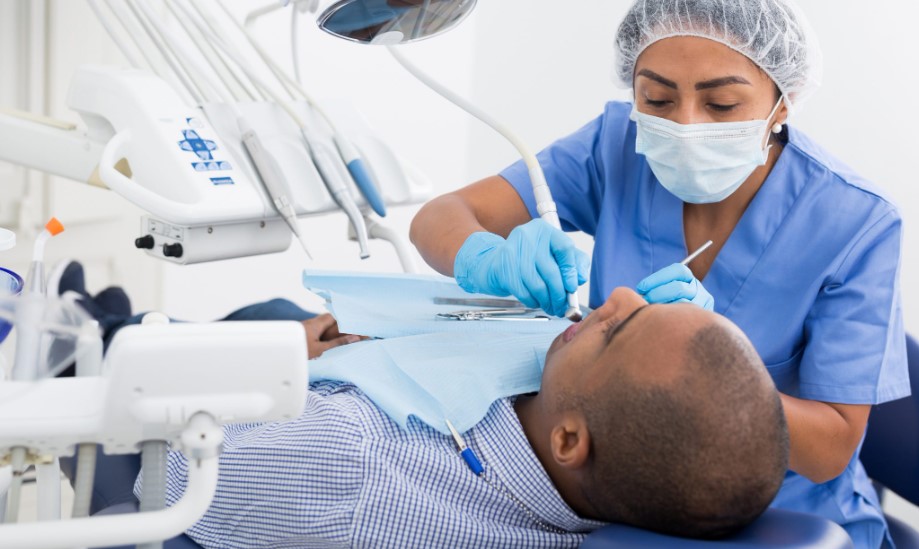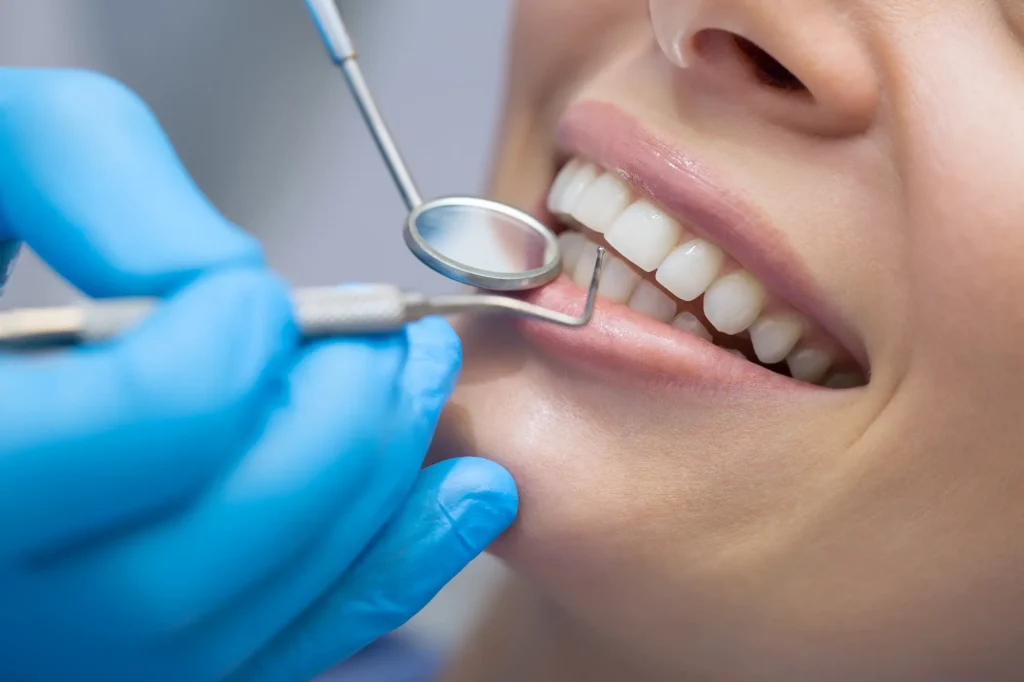Why Restorative Dental Treatment Is Helpful

Whether you have a missing tooth, chipped teeth, an uneven smile, or tooth decay, you may be a good candidate for restorative dentistry. This branch of dentistry refers to dental procedures that restore the functionality of the mouth.
This can include repairing damaged teeth or replacing missing teeth, which can affect your ability to bite, chew, speak or laugh with ease. The goal of restorative dentistry is to restore the function and integrity of the tooth structure while enhancing your teeth’s natural appearance.
While there are various reasons that a dentist may recommend restorative dental care, the most common dental problems treated include:
- Missing teeth
- Broken, chipped, and fractured teeth
- Gaps in your teeth
- Decayed teeth
Benefits of Restorative Dental Care

Source: bluestemlincoln.com
There are many benefits of restorative dentistry. Your dentist may recommend restorative dental treatment to:
- Prevent or relieve oral pain and discomfort caused by broken, missing or infected teeth.
- Enhance your appearance by replacing unsightly gaps or repairing stained, cracked and chipped teeth.
- Improve oral function, such as chewing and speaking, by correcting a painful, damaged tooth or closing gaps between teeth.
- Avoid the need for major dental work and costly treatments down the road. Untreated cavities may need extraction, and missing teeth left unattended may cause existing teeth to shift out of place.
Common Types of Dental Restorations

Source: dcpearlsdental.com
Restorative dental procedures can range from small repairs, such as a filling, to more extensive treatments, like surgical implants. The type of treatment prescribed varies based on the patient’s need and the severity of damage to dental structures. In some cases, a combination of procedures may be used to restore a patient’s teeth.
Some of the most common types of dental restoration procedures include:
- Fillings: A dental filling is a common and ideal solution for restoring a tooth that has been affected by damage or decay. The treatment involves removing the decayed portion of the tooth, cleaning the affected area and then filling the cavity with a filling material. The filling prevents further decay while restoring the tooth to its optimal function and shape.
- Crowns: A crown is a tooth-shaped cap that is placed over a damaged, decayed or cracked tooth to restore its natural size, shape, aesthetic, and strength. Today’s tooth-colored crowns are very durable and look just like natural teeth.
- Dental implants: When a tooth is missing or needs extraction due to severe decay or damage, it can be replaced with a dental implant. An implant is an artificial tooth root made of titanium. It is surgically implanted into the jawbone and a crown is attached to the top. When complete, implants replicate the look, feel and functionality of a natural tooth.
- Root Canals: When the root of your tooth is infected or inflamed, a root canal procedure can relieve the pain and save your tooth. Treatment involves removing the diseased pulp from inside the canals of the tooth root, cleaning and disinfecting the affected area, and sealing the space with a special material.
- Dentures: Dentures are a quick and economical option when you need to replace all your teeth. The dentures rest on top of the gums and are supported by the jawbone. Similarly, partial and implant-secured dentures are also available when only one or a few teeth are missing.
- Bridges: Dental bridges may be used when one or more teeth are missing. Unlike implants, bridges are held in place by surrounding teeth. They are especially ideal for replacing missing teeth in a row and to prevent neighboring teeth from shifting.

Source: dobsonranchdentalcare.com
Restore Your Healthy Smile
When it comes to restorative dentistry, there are many dental services for repairing worn, damaged, or missing teeth. As a result, you’ll enjoy increased oral function, an improved appearance, reduced dental pain, and a restored, natural smile.
